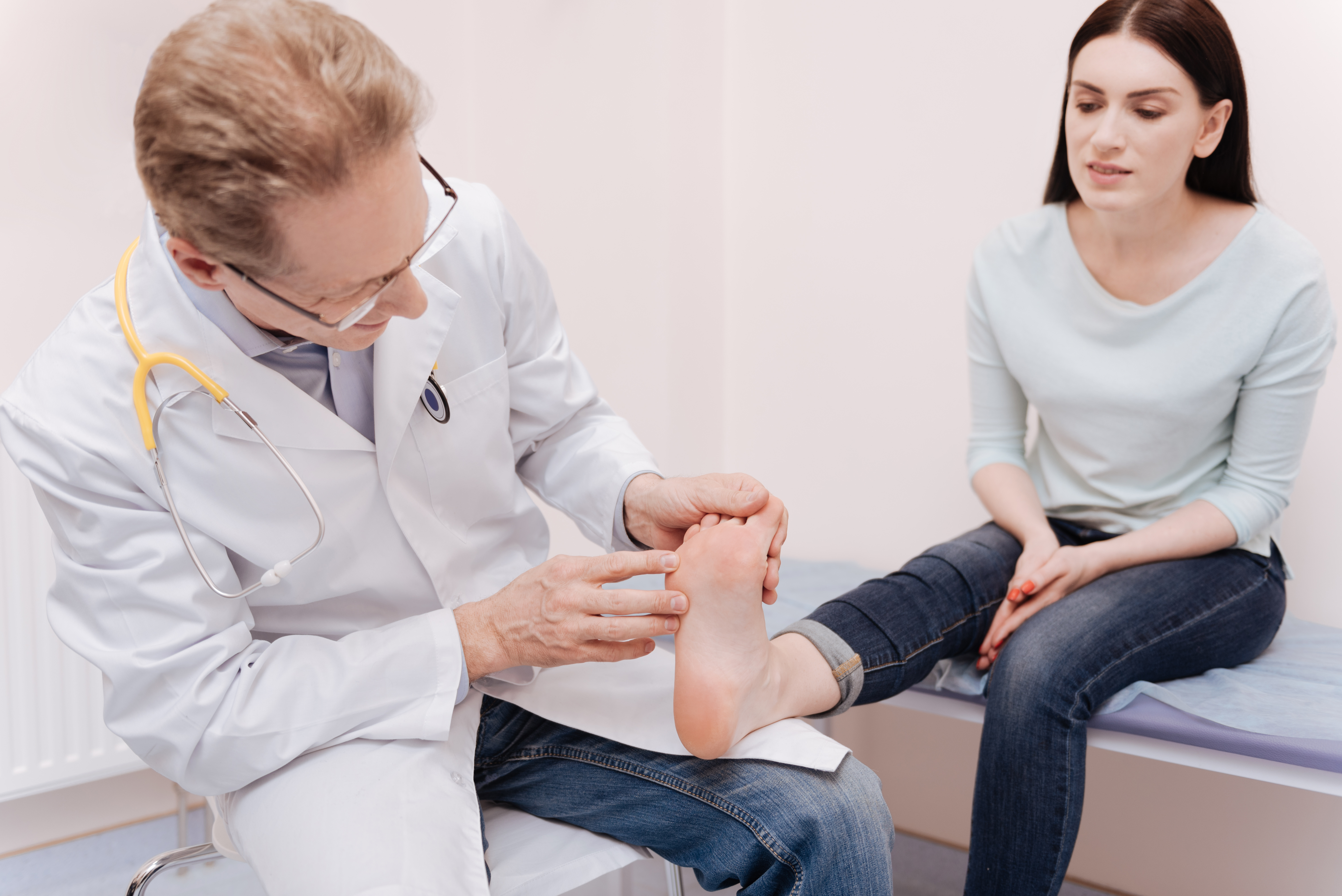A hammer toe is a deformity that makes your toe curl or bend downward instead of pointing ahead. This deformity can affect any toe of your foot. It usually affects the second or third toe. Although a hammer toe may not be obvious at the start, it usually develops through the years because of using ill-fitting footwear, or tight, pointed heels, or arthritis. In many cases, a hammer toe is treatable.
A hammertoe is a toe that is bent because of a weakened muscle. The weakened muscle makes the tendons (tissues that connect muscle mass to bone) shorter, causing the feet to twist beneath the toes. Hammertoes can run in families. They also can be because of footwear that is too short.


